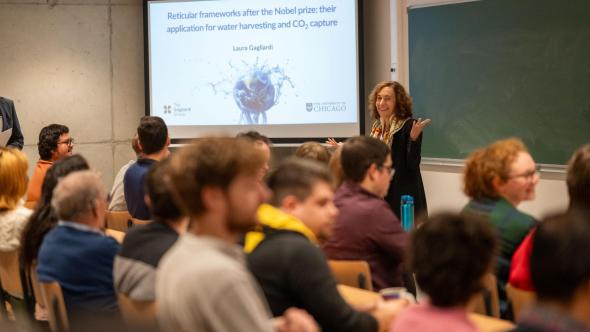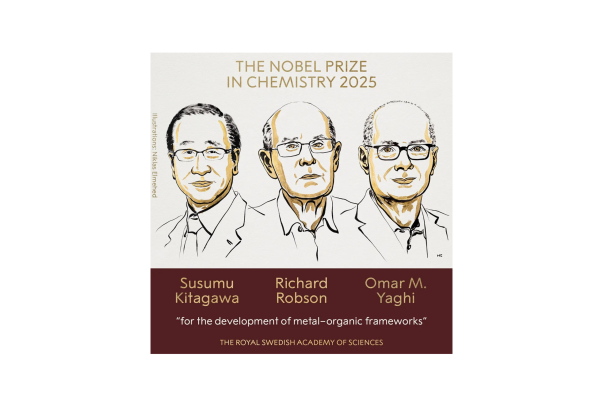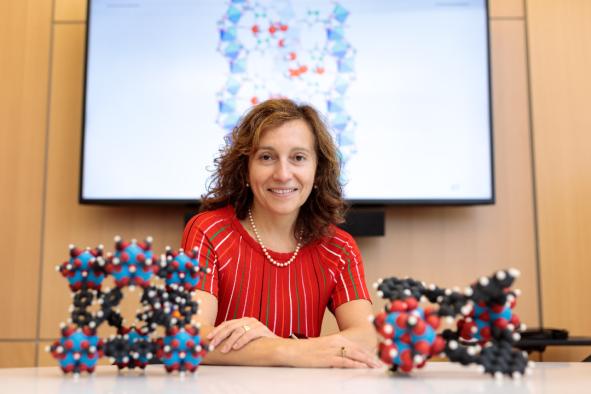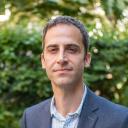Your research ranges from fundamental to applied chemistry. Can you explain what you do?
My background is in fundamental chemistry and physics—the study of the basic principles that govern matter, from atoms and molecules to the chemical bonds that connect them. During my Ph.D., I focused on developing theoretical concepts and converting them into computer codes, which required a lot of mathematics, rigor, and careful methodology.
I have always been fascinated by physical and theoretical chemistry. Synthetic chemistry in the lab can sometimes be compared to cooking—you follow a recipe and observe the results. My husband is an organic chemist and also the cook in our family; he always tells me to go play the piano while he’s in the kitchen! I’m not allowed anywhere near it. 😊
What truly fascinates me is understanding why things work in a certain way, not just that they work. My group performs computer simulations that allow us to probe reaction mechanisms at the molecular level. These simulations help us explain experimental observations, make quantitative predictions, and even design new molecular systems and materials that can later be tested and refined in the laboratory.
Currently, a large portion of my research focuses on metal–organic frameworks, or MOFs—materials made of metal ions/clusters linked by organic molecules. MOFs are exciting because of their enormous surface areas and highly tunable pore structures, which make them ideal for a wide range of applications. We are particularly interested in using MOFs to address climate change challenges, for example, by capturing carbon dioxide, storing hydrogen, and purifying water. Beyond these, MOFs are also being explored for catalysis, drug delivery, and even as sensors for detecting pollutants and biomolecules.




